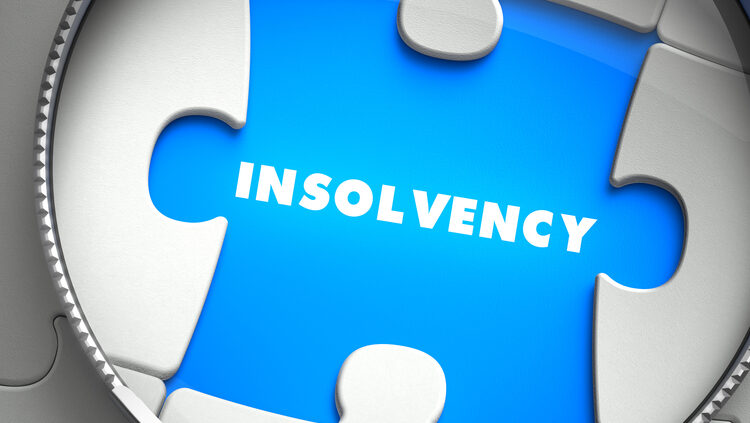A new Simplified Liquidation process was one of the key components of the Federal Governments recent changes made to Australia’s corporate insolvency framework. The changes were introduced on 1st January 2021, the Simplified Liquidation process aims to be a streamlined Creditors Voluntary Liquidation (“CVL”) for companies that are insolvent and have liabilities of less than $1 million.
If a business restructure is not possible, it is intended that the Simplified Liquidation process will make it easier for small incorporated businesses to be wound up faster. This will result in greater returns for employees and creditors.
To be eligible for the Simplified Liquidation process, the company must be insolvent and the liabilities of the business must be under $1 million dollars. The company must have all its tax lodgements up to date (but do not have to be paid) and furthermore to be eligible the company must be in a position where it will not be able to pay its debts in full within the next 12 months.
After appointing a liquidator to oversee the process, the company within five business days of the appointment are required to give the liquidator a report on the company’s business affairs and a declaration indicating that they believe the company is eligible for the Simplified Liquidation process.
Furthermore, the company along with its directors and former directors from within the last 12 months cannot have used or been a director or a former director of another company that has been subjected to a Debt Restructure or the Simplified Liquidation process within the previous seven years. This is a requirement unless the other company is a related company that’s simultaneously being liquidated or restructured.
More Information About The Simplified Liquidation Process
To adopt the Simplified Liquidation process, the company must first enter into the existing CVL process via the directors and shareholders passing a resolution that the company is unable to pay its debts as and when they fall due and that the company be placed into liquidation.
Prior to commencing the SL process, the company’s directors will have 5 business days after the appointment of a liquidator to give the liquidator a report on the businesses affairs and a declaration that outlines they are eligible for the SL process.
The liquidation may than proceed with adopting the SL process if they believe the insolvent business has met the eligibility criteria and less than 20 business days have passed since the CVL appointment date.
The liquidator must give 10 business days notice to each member and creditor before adopting the SL process. Upon doing this they must include an outline explaining the SL process, a statement that illustrates they believe that the eligibility criteria will be met to allow the SL process to commence. The liquidator will also inform creditors that the SL process will not be adopted if the liquidator is directed not to do so by creditors hat make up at least 25% in value.
If 25% in value of the creditors provide a written direction to the liquidator requesting not to follow the SL process than the SL process will consequently not be undertaken and instead the liquidator will continue as a standard CVL.
The liquidator must also not adopt the SL process and instead revert to the standard CVL if it is discovered that the criteria for the SL process are no longer met. The SL process will also cease to continue if the liquidator on reasonable grounds believes that the company, or a director of the company, has engaged in some form of conduct involving fraud or dishonesty and the conduct has or will likely have an adverse impact on the interests of the credits as a whole or a class of creditors as a whole.


